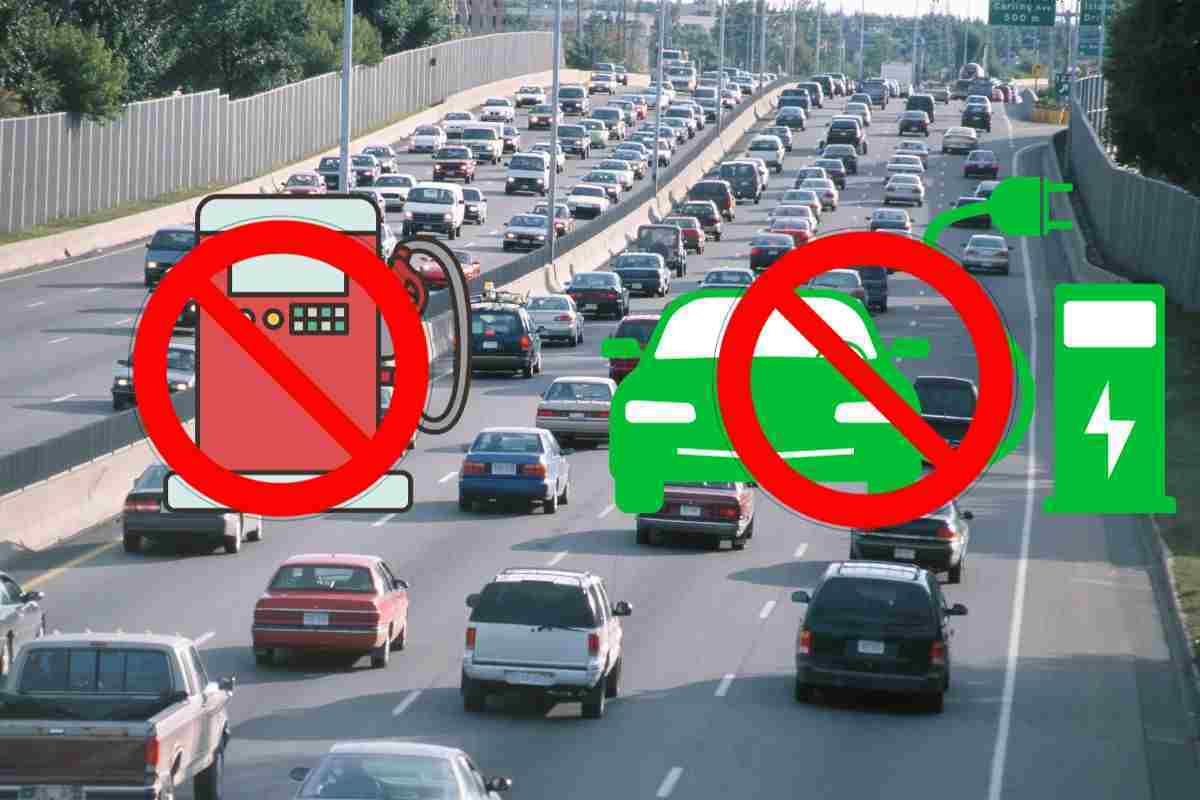
Make unlimited summaries with AI!
Upgrade to PRO US$ 7.0/m
No restricted functions
None
A treatment train is a combination of multiple remediation technologies used in a sequential or parallel manner to address contaminated soil and groundwater issues at a site. The use of a treatment train approach acknowledges the limitations of individual remediation strategies and couples promising technologies to overcome these limitations. The goal of a treatment train is to maximize predictability of remediation effectiveness, minimize remediation costs, and make cost estimates more reliable.The remediation technologies used in a treatment train may include:1. Conventional pumping technology for mobile LNAPL removal.2. Vapor extraction for removal of residual LNAPL.3. Ground-water extraction to lower the water table for increased contaminant removal.4. Bioremediation to further reduce contaminant concentrations.The sequencing of remedial actions in a treatment train will depend on the specific characteristics of the site, including LNAPL migration rates and distribution, remedial objectives, and applicable remedial technologies. The objective of early stages of remediation at many sites may be containment of migrating LNAPL, while removal of LNAPL to the extent practicable will also be an objective during later stages of remediation.The use of physical barriers, such as grout curtains or sheet piling, and permeable treatment walls may also be used in a treatment train approach to control ground-water and LNAPL flow. These barriers can help contain the contamination and prevent it from migrating further into the subsurface.In summary, a treatment train is a combination of remediation technologies used in a sequential or parallel manner to address contaminated soil and groundwater issues at a site. The use of a treatment train approach acknowledges the limitations of individual remediation strategies and couples promising technologies to overcome these limitations, leading to more effective and efficient remediation.
PRO users get Higher Quality summaries
Upgrade to PRO US$ 7.0/m
No restricted functions
Summarize text
Summarize text from file
Summarize text from website
Get better quality outputs with more features
Become PRO
treatment train
treatment
train
remediation
remediation technologies
technologies
train approach
LNAPL
multiple remediation
promising technologies
Related summaries

Get better quality outputs with more features
Become PRO